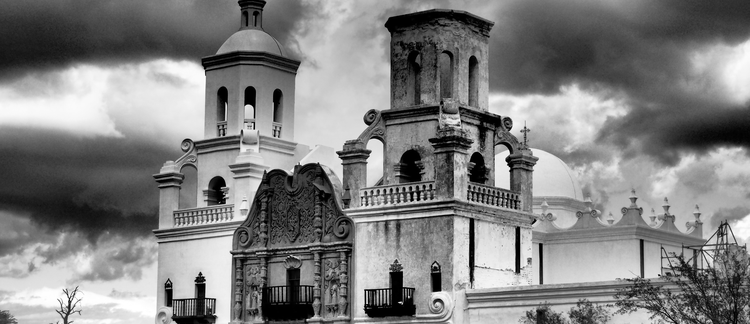Abstract
While philosopher Dirck Volkerszoon Coornhert (1522-1590) is often referenced in political and religious histories on the early modern roots of religious toleration and freedom of worship, his time as an artist is understudied. In this paper I will analyze the early artistic works of Dirck Coornhert, namely the engraved print series The Allegory of Hope for Gain (1550), produced in collaboration with painter Maarten van Heemskerck, exploring how purpose, audience, and iconography were intrinsically linked. This print series is also a critical intervention into historiographic issues like the collective production of art and the relationship between image and text that can help shed light on the artistic and intellectual process of image- and idea-making. I will argue that the multiconfessional and urban consumers of Holland and the Low Countries was the perfect environment and audience for the development and spread of Coornhert’s heterodox ethical ideals, and his professional work as an artist in Haarlem with van Heemskerck was a period of intellectual crystallization for Coornhert. I conclude that his print series like The Allegory of Hope for Gain, served as the original medium for expressing his ideas and that Coornhert use his previously produced prints, indirectly but often directly, as the inspiration for his later, and more famous, literary works of philosophy. This paper will hopefully inspire more research into role of engravers and other ‘reproducers’ of art and the diverse ways ideas were visualized, disseminated, and consumed in early modern Europe.
How to Cite:
Messinger, D., (2019) ““And the Rich Man’s Heart Sorrows and Grieves”: Iconography and the Historiography of The Allegory of Hope for Gain by Dirck Coornhert and Maarten van Heemskerck”, Footnotes: A Journal of History 3, 25-50.
Downloads:
Download PDF
694 Views
596 Downloads

